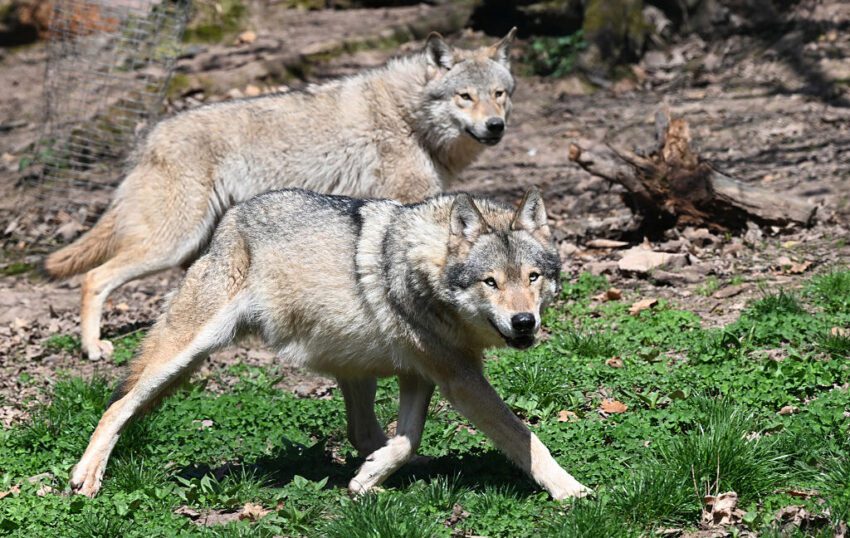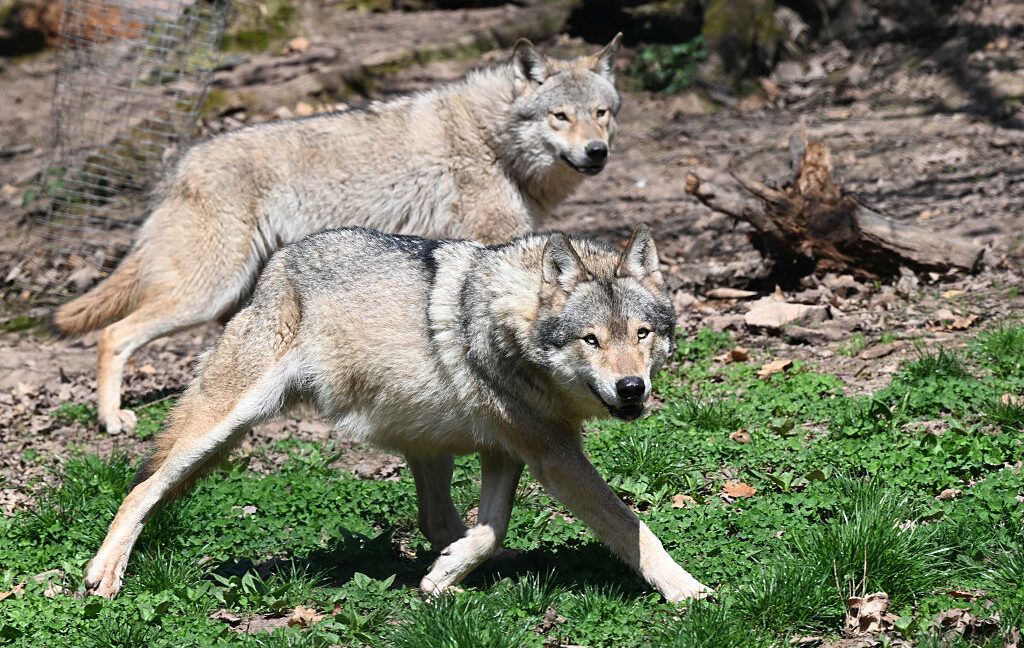
even with protections wolves still fear humans Recent changes in the European Parliament regarding the status of wolves have reignited debates about human-wolf interactions and the implications for wildlife management.
even with protections wolves still fear humans
Regulatory Changes in Wolf Protection
In May 2025, the European Parliament made a significant decision to alter the legal status of wolves within the European Union. The change transitioned wolves from being classified as “strictly protected” to “protected,” which allows member states to permit hunting under specific conditions. These conditions often include scenarios where wolves are perceived to threaten livestock. This regulatory shift has sparked considerable discussion among conservationists, scientists, and policymakers.
One of the primary arguments for this change was the assertion that the “tolerance of modern society towards wolves” has led to the emergence of “fearless wolves” that no longer exhibit fear of humans. Proponents of this view suggest that as human populations have grown and urbanized, wolves have adapted by becoming bolder in their interactions with people. However, this perspective has been met with skepticism from the scientific community.
Scientific Inquiry into Wolf Behavior
Michael Clinchy, a zoologist at Western University in London, Canada, has been at the forefront of investigating this phenomenon. He emphasizes that there is no scientific evidence to support the claim that wolves have lost their fear of humans. “Regulators made it clear, though, that there is no scientific evidence to back this up,” Clinchy stated. In response to the prevailing narrative, Clinchy and his team conducted a first-of-its-kind study aimed at determining whether wolves have indeed become fearless.
The study involved extensive field research and behavioral observations, focusing on wolf interactions with humans in various environments. The findings were clear: there is no such thing as a “fearless wolf.” Instead, the research indicated that wolves maintain a natural wariness of humans, a behavior that has been ingrained in them through generations of evolution.
The Historical Context of Human-Wolf Relations
To understand the current dynamics between wolves and humans, it is essential to consider the historical context of their relationship. The archetype of the “big bad wolf” is deeply embedded in various cultures, often symbolizing danger and unpredictability. This mythological fear has roots in real-world experiences, particularly in agricultural societies where wolves posed a threat to livestock.
By the mid-20th century, extensive hunting and persecution had pushed wolf populations in Western and Central Europe to the brink of extinction. Human-wolf encounters became increasingly rare, and the cultural narrative surrounding wolves shifted. The “big bad wolf” myth began to fade as wolves became virtually absent from many landscapes.
Conservation Efforts and Population Recovery
Starting in the 1970s, a concerted effort to protect wolves emerged across Europe and North America. Legal protections were established, allowing wolf populations to rebound and reoccupy some of their historical habitats. This resurgence has been seen as a significant success story in wildlife conservation, demonstrating the potential for species recovery when given the opportunity.
However, the recovery of wolf populations has not come without challenges. As wolves began to reestablish themselves in areas previously inhabited by humans, conflicts arose. Livestock predation became a contentious issue, leading to calls for management strategies that would balance the needs of farmers with the conservation of wolf populations.
Implications of the Regulatory Change
The recent decision by the European Parliament to allow hunting poses several implications for both wolves and human communities. Proponents of the change argue that regulated hunting can help mitigate conflicts between wolves and livestock, thereby fostering coexistence. They believe that controlled hunting can also contribute to maintaining healthy wolf populations by preventing overpopulation and ensuring genetic diversity.
Conversely, conservationists and animal welfare advocates express concern that this shift could lead to increased persecution of wolves. They argue that hunting may exacerbate existing tensions and undermine the progress made in wolf recovery efforts. Furthermore, the idea of “fearless wolves” could perpetuate negative stereotypes and lead to unwarranted fear among the public.
Stakeholder Reactions
Reactions to the regulatory changes have been mixed. Farmers and agricultural organizations have generally welcomed the decision, viewing it as a necessary step to protect their livelihoods. They argue that the presence of wolves poses a significant threat to livestock, and regulated hunting could serve as a deterrent against predation.
On the other hand, wildlife conservation groups have voiced strong opposition to the new regulations. They argue that the notion of “fearless wolves” is a myth that undermines the scientific understanding of wolf behavior. Many conservationists advocate for non-lethal management strategies, such as improved fencing, guard animals, and compensation programs for livestock losses, rather than resorting to hunting.
The Role of Education and Awareness
Education plays a crucial role in shaping public perceptions of wolves and fostering coexistence. Understanding wolf behavior and ecology can help dispel myths and reduce fear. Programs aimed at educating communities about the ecological benefits of wolves, such as their role in maintaining healthy ecosystems, can promote a more balanced view of these animals.
In addition, initiatives that encourage dialogue between farmers, conservationists, and policymakers can facilitate collaborative approaches to wildlife management. By fostering understanding and cooperation, stakeholders can work together to develop solutions that benefit both human communities and wolf populations.
Future Directions for Wolf Management
The future of wolf management in Europe will likely involve ongoing debates about the balance between conservation and agricultural interests. As wolf populations continue to grow and expand their range, the need for effective management strategies will become increasingly pressing.
Research will play a vital role in informing these strategies. Continued studies on wolf behavior, population dynamics, and human-wolf interactions will provide valuable insights that can guide policy decisions. Additionally, monitoring the impacts of hunting on wolf populations will be essential to ensure that conservation goals are met.
Conclusion
The recent changes in wolf protection status in the European Union highlight the complexities of human-wildlife interactions and the challenges of wildlife management. While the notion of “fearless wolves” has been debunked by scientific research, the implications of regulatory changes remain significant. As stakeholders navigate the delicate balance between conservation and agricultural needs, ongoing dialogue, education, and research will be critical in shaping the future of wolves in Europe.
Source: Original report
Was this helpful?
Last Modified: October 21, 2025 at 11:36 pm
0 views















